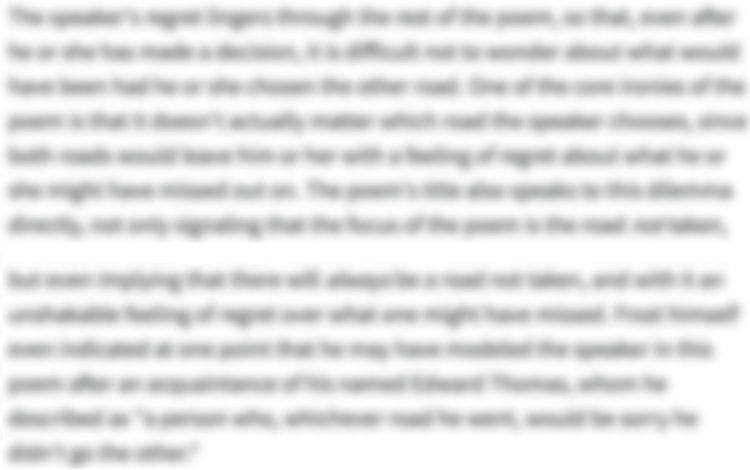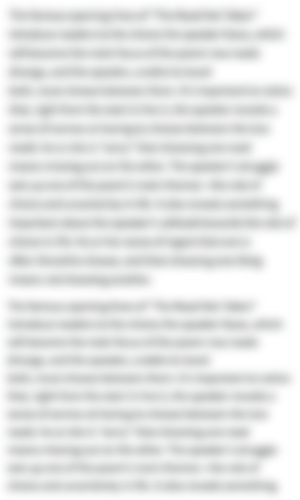Question about this poem?
Have a question about this poem?
Have a specific question about this poem?
Have a specific question about this poem?
Have a specific question about this poem?
A LitCharts expert can help.
A LitCharts expert can help.
A LitCharts expert can help.
A LitCharts expert can help.
A LitCharts expert can help.
Ask us
Ask us
Ask a question
Ask a question
Ask a question
-
“Talking in Bed” Introduction
-
-
“Talking in Bed” Summary
-
-
“Talking in Bed” Themes
-

Relationships and Communication
Where this theme appears in the poem:- Lines 1-12
-

Humanity, Nature, and Alienation
Where this theme appears in the poem:- Lines 5-12
-
-
Line-by-Line Explanation & Analysis of “Talking in Bed”
-
Lines 1-3
Talking in bed ...
... people being honest. -
Lines 4-7
Yet more and ...
... on the horizon. -
Lines 8-11
None of this ...
... true and kind, -
Line 12
Or not untrue and not unkind.
-
-
“Talking in Bed” Symbols
-

Wind and Clouds
Where this symbol appears in the poem:- Lines 5-6: “Outside, the wind's incomplete unrest / Builds and disperses clouds about the sky,”
-

Towns
Where this symbol appears in the poem:- Line 7: “And dark towns heap up on the horizon.”
-
-
“Talking in Bed” Poetic Devices & Figurative Language
-
Repetition
Where repetition appears in the poem:- Line 1: “Talking in bed”
- Line 4: “more,” “more”
- Line 11: “true and kind”
- Line 12: “not untrue and not unkind”
-
Juxtaposition
Where juxtaposition appears in the poem:- Lines 1-9
-
Enjambment
Where enjambment appears in the poem:- Lines 5-6: “unrest / Builds”
- Lines 8-9: “why / At”
- Lines 10-11: “find / Words”
-
Irony
Where irony appears in the poem:- Lines 1-4
- Lines 8-12
-
-
“Talking in Bed” Vocabulary
Select any word below to get its definition in the context of the poem. The words are listed in the order in which they appear in the poem.
- Emblem
- Incomplete unrest
- Disperses
Emblem-
(Location in poem: Line 3: “An emblem of two people being honest.”)
-
Form, Meter, & Rhyme Scheme of “Talking in Bed”
-
Form
-
Meter
-
Rhyme Scheme
-
-
“Talking in Bed” Speaker
-
-
“Talking in Bed” Setting
-
-
Literary and Historical Context of “Talking in Bed”
-
-
More “Talking in Bed” Resources
-
External Resources
-
The Poem Aloud — Listen to Philip Larkin read "Talking in Bed."
-
The Poet's Life and Work — A brief biography of Larkin at the Poetry Foundation.
-
Larkin on TV — The South Bank Show visits and interviews Larkin in 1981.
-
The Larkin Society — The website of the Philip Larkin Society, dedicated to the poet and his legacy.
-
More on "The Movement" — A retrospective on the postwar literary movement with which Larkin is associated.
-
-
LitCharts on Other Poems by Philip Larkin
-










